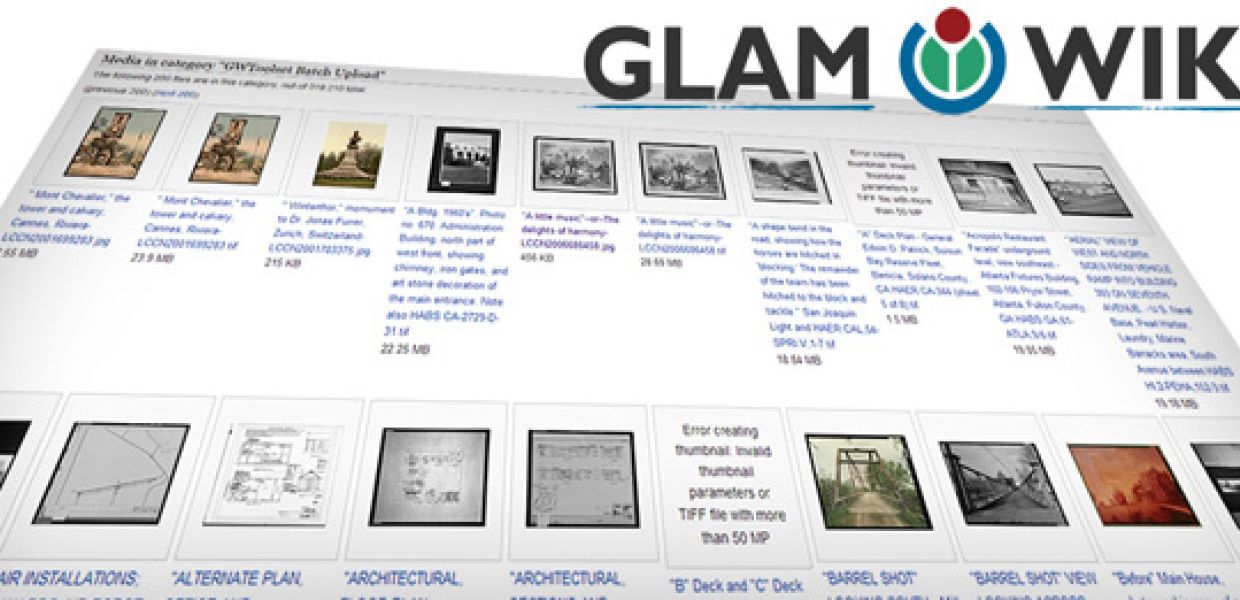New recommendations outline ways to strengthen Europeana’s future relationship with Wikimedia

In light of the Europeana 2020 strategic plan, what shape should Europeana’s relationship to Wikipedia and the wider Wikimedia community take in the years to come? To find an answer to this question, a Europeana Network Task Force was formed with a mix of people drawn from the Europeana network of GLAMs as well as active members of the Wikimedia community. It was chaired by Jesse de Vos from the Netherlands Institute for Sound and Vision, now at Wikimedia Netherlands, and had a clear mission to reach final recommendations that benefited both Europeana and Wikimedia.
Together, the group has produced a report outlining ten ways in which Europeana and Wikimedia can build on their successful cooperation.

The first task was to create an overview of all past Wikimedia activities that Europeana has had involvement in. This list of past and current projects was built on-wiki (where else?) and shows very clearly the depth and breadth of the existing relationship.
The second half of the six-month review then focused on developing 10 strategic recommendations which would make this relationship even stronger over the next five years.
“Europeana has a long standing relationship with the Wiki community. With the development of the GLAMwiki Toolset, publishing to Wikimedia has become an intrinsic part of our publication policy and we would like to expand on this relationship for the benefit of our data partners. The recommendations in the report of the taskforce amplify that ambition, and we will investigate how we can act upon each of them.”
(Harry Verwayen, Europeana Foundation)
This can be achieved by considering a Wikimedia-component to both current and future projects. Europeana can also play an important role by enhancing relationships between GLAMs and the Wikimedia network, as well as sharing knowledge about practices in each of these communities.
An important aspect of the report was the recommendation that Europeana further integrate its systems and technology with Wikipedia and other Wikimedia platforms.
Wikidata is a key part of this, as a fast-growing project with enormous potential for linking collections, carrying out authority control, and synergy with Europeana’s systems.
The introduction of a dedicated Wikimedia coordinator and ‘product owner’ was another significant outcome. The creation of this position means that each of the ten recommendations can be fulfilled to their full potential. This new team member can also look at the opportunities to integrate Wikimedia in each of the major forthcoming Europeana projects, such as “1914-18”, “Sounds” and “Fashion”.
A final element to the report considers the possibilities for cooperation between Europeana and Wikimedia as they seek external funding for projects, with the possibility of Europeana becoming Wikimedia’s first movement-partner.
Each of the different strands to the report offers groundwork for exciting developments that can form future planning, and we would like to thank all members of the Task Force, as well as numerous others who gave their valuable insights during the creation of this report.
